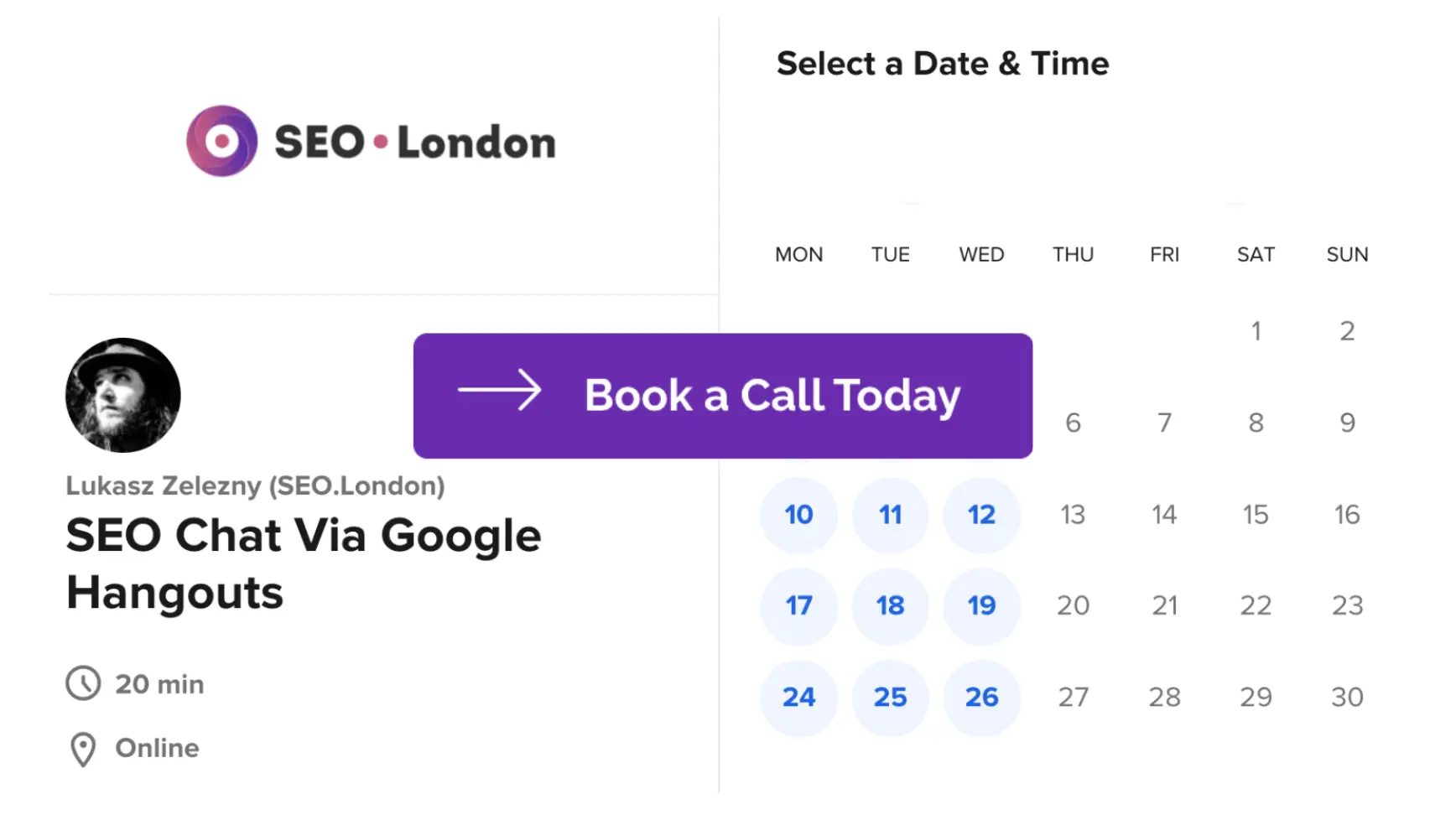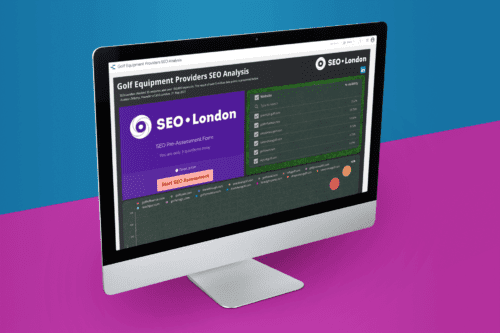Crawl Budget: Are You Making It Difficult for Google to Crawl and Index Your Website?
How Google crawls your website will affect your site’s search rankings. If the Mountain View company’s spiders rarely crawl your website or if they don’t crawl all of your site’s pages, you can expect lower search rankings. If Google crawls your website too often, it may cause longer load times for visitors, which can also negatively affect your site’s search rankings. By understanding crawl budget, you can optimize your website so that Google can crawl it more efficiently.
What Is Crawl Budget?
Crawl budget refers to the total number of web pages on your website that Google wants to crawl and can crawl at a given time. It consists of two key elements: crawl rate limit and crawl demand.
Increase your online presence with Lukasz Zelezny, an SEO Consultant with over 20 years experience — schedule a meeting now.

What Is Crawl Rate Limit?
Crawl rate limit is the number of simultaneous web pages Google can crawl on your website, combined with the frequency at which Google can fetch those web pages. If your website has a high crawl rate limit, Google will crawl more of its pages at once and fetch them more often. If your website has a low crawl rate limit, on the other hand, Google will crawl fewer pages at once and fetch them less often.
Google assigns a crawl rate limit to each website so that it doesn’t inadvertently slow it down while crawling it. Without a crawl rate limit, Google could flood your website’s server with an excessive number of requests. As your server becomes bogged down with requests, your website will take longer for visitors to load. Crawl rate limit allows Google to crawl your website without affecting its performance.
What Is Crawl Demand?
Crawl demand, the other element of crawl budget, is the frequency at which Google wants to crawl your website’s pages. In other words, it’s a measurement of how much Google wants to crawl your website.
Web pages that generate lots of traffic, as well as strong engagement signals, typically have a higher crawl demand than those that generate little or no traffic. Traffic reflects a web page’s popularity. And if a web page is popular, Google will crawl it more frequently than an unpopular web page.
On almost all websites, the homepage will have a higher crawl demand than subpages. Since the homepage is the first thing most visitors see when accessing your website, Google will crawl it more frequently than your site’s other pages. Crawl demand reflects Google’s desire to crawl your website’s various pages.
How to Improve Your Website’s Crawl Rate Limit
Although it’s automatically assigned by Google, you can optimize your website to achieve a higher crawl rate limit. In Google Search Console (GSC), for example, you can specify the frequency at which you’d like Google to crawl your website. While logged in to GSC, click the button in the sidebar labeled “Go to the old version.” After the old version of GSC loads, click the gear icon and choose “Site Settings.” Next, select the option to limit Google’s crawl rate, at which point you can specify a preferred crawl rate for your website.
The lowest crawl rate supported in GSC is 0.002 requests per second, whereas the highest crawl rate supported in GSC is two requests per second. Keep in mind, even if you set your website’s crawl rate to the highest level, Google may crawl it less often. This occurs if Google believes your specified crawl rate will cause performance issues, such as long load times. Rather than consuming an excessive amount of your server’s resources, Google will simply crawl it less often.
Get More Customers Online with Lukasz Zelezny, an SEO Consultant with over 20 years experience — schedule a meeting now.

Because speed plays a role in crawl rate limit, you should optimize your website so that it can handle more simultaneous requests without buckling under pressure. If you’re using a shared web hosting service, consider upgrading to a virtual private server (VPS) or dedicated web hosting plan.
While inexpensive and easy to configure, shared web hosting services lack the resources of their VPS and dedicated counterparts. As the name suggests, a shared web hosting service forces you to share a server with other websites. It’s not uncommon for a shared server to host hundreds, sometimes thousands, of websites. With so many websites hosted on the same server, Google will assign them a low crawl rate limit. A VPS or dedicated web hosting plan will provide your website with more resources to handle Google’s crawling requests.
What to ask an SEO Consultant
How to Improve Your Website’s Crawl Demand
There are also ways to optimize your website for a higher crawl demand. Specifically, you should increase the popularity of your entire website, as well as its web pages, by creating and publishing high-quality content. If your website contains high-quality content, visitors will spend more time on it. Google will then recognize this longer visit duration as a sign of popularity, which should compel Google to crawl your website more often.
Promoting your website on social media can help you achieve a higher crawl demand. When you share a link to your website on Facebook or Twitter, users of the respective social media network may visit your site. As your website’s traffic increases, Google will view it as being popular.
Updating your website’s content regularly promotes a higher crawl demand. If a web page remains unchanged for a prolonged period, Google won’t crawl it often. After all, there’s no point in crawling a web page if Google already knows what’s on it. Therefore, you should get into the habit of updating your site’s pages on a regular basis. Adding new content or modifying existing content shows Google your website is fresh, so Google will want to crawl it more often.
Don’t let crawl budget prevent your website from ranking high in the search results. By optimizing your website for a higher crawl rate limit and crawl demand, Google will crawl your website more efficiently. And as your website’s crawl budget improves, so will its rankings on the world’s most popular search engine.
 Published in: March 2021
Published in: March 2021
Last Updated in 2022-12-28T09:49:14+00:00 by Lukasz Zelezny




